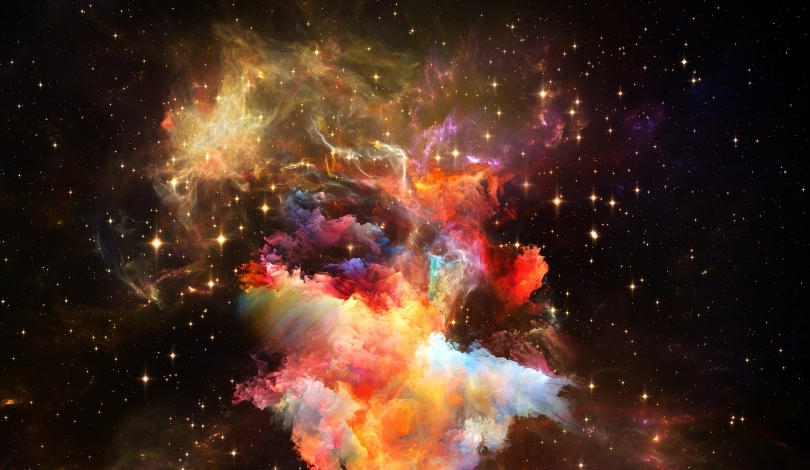The European Space Agency’s Gaia mission has successfully identified and confirmed a significant new exoplanet, Gaia-4b, using advanced spectroscopic techniques. This discovery marks a pivotal achievement in the ongoing efforts to map our galaxy’s vast array of planetary systems. Gaia-4b, along with a brown dwarf Gaia-5b, showcases the mission’s unexpected capability to detect massive celestial bodies beyond its primary astrometric objectives. These findings not only enhance our understanding of planetary formation around low-mass stars but also demonstrate the synergy between different astronomical instruments.
Comparing recent discoveries with past findings, Gaia continues to expand its impact beyond initial expectations. Earlier releases primarily focused on stellar positions and motions, laying the groundwork for comprehensive galactic mapping. However, the confirmation of Gaia-4b and Gaia-5b highlights a significant evolution in the mission’s contribution to exoplanet science, bridging gaps between astrometric data and radial velocity measurements previously unexplored in depth.
How Did Gaia Detect These Massive Exoplanets?
Gaia wasn’t originally designed to hunt for planets, but its precise measurements of stellar wobbles allowed it to identify potential exoplanetary companions. By tracking the minute shifts in a star’s position, Gaia can infer the gravitational effects of orbiting planets or brown dwarfs, especially those with substantial mass.
What Role Did NEID Spectrograph Play in Confirmation?
The NEID spectrograph on the WIYN 3.5-meter Telescope played a crucial role in verifying Gaia’s findings. By measuring the radial velocities of the host stars, NEID provided the necessary data to confirm the existence and mass of Gaia-4b and Gaia-5b, ensuring that these detections were not false positives caused by binary star systems.
What Are the Implications of Gaia-4b’s Discovery?
Gaia-4b stands out as one of the most massive exoplanets detected around a low-mass star, challenging existing planet formation theories. Its substantial mass and orbital characteristics provide valuable insights into the diversity of planetary systems and the processes that drive their evolution.
“Gaia is more than living up to its promise of detecting planetary companions to stars with highly precise astrometry…”
Jayadev Rajagopal, co-author, NSF NOIRLab
The integration of astrometry and radial velocity techniques in this study underscores the importance of multi-faceted approaches in astronomical research. By leveraging the strengths of both methods, scientists can achieve more accurate and comprehensive understandings of distant celestial objects, paving the way for future discoveries.
Expanding on these findings, it becomes evident that the collaboration between Gaia and ground-based observatories like NEID is essential for advancing our knowledge of the universe. This partnership not only validates the initial detections but also sets a precedent for future missions aiming to explore the intricate details of planetary systems across the Milky Way.
Future research will likely focus on identifying additional massive exoplanets and brown dwarfs using similar methodologies, enhancing the catalog of known celestial bodies and refining models of their formation and distribution. The ongoing analysis of Gaia’s extensive data promises to reveal even more about the hidden structures within our galaxy.
The confirmation of Gaia-4b exemplifies the potential of combining space-based astrometric data with ground-based spectroscopic observations. This unified approach not only increases the reliability of exoplanet detections but also enriches our overall comprehension of the complexities inherent in planetary system architectures.










